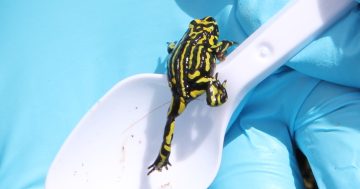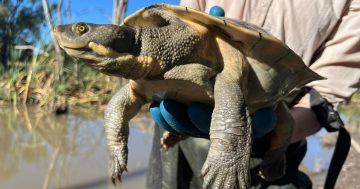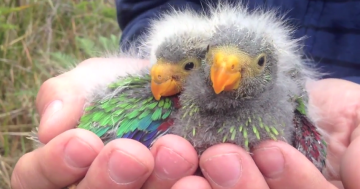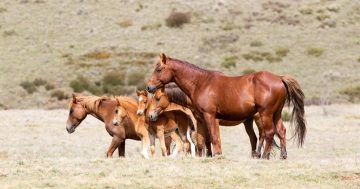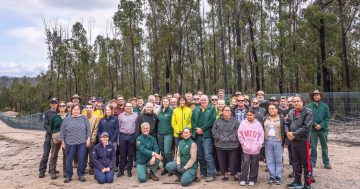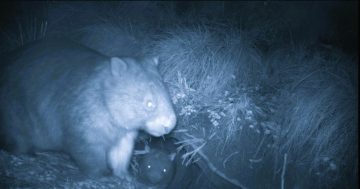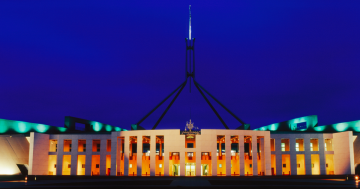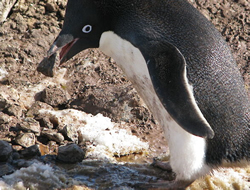 Australian Antarctic Division (ADD) researchers have tallied up the number of Adélie penguins in the Windmill Islands region of East Antarctica and found their population has increased sixfold over the past 60 years.
Australian Antarctic Division (ADD) researchers have tallied up the number of Adélie penguins in the Windmill Islands region of East Antarctica and found their population has increased sixfold over the past 60 years.
Seabird Conservation Ecologist with AAD, Colin Southwell said population numbers were determined by arduous field work, with biologists directly counting penguins on land or with aerial photographic surveys from helicopters.
Dr Southwell said the regional population growth in the Windmill Islands was one of the highest recorded for Adélie penguins however, while some penguin populations had gone “gangbusters”, the overall rate of growth had slowed in recent decades.
He said the research team had used historical data collected in the 1960s and 1980s and joined it with current data.
“Over that time, the regional population has increased by a factor of six,” Dr Southwell said.
“It used to be about 30,000 breeding pairs, and now it’s almost 200,000 breeding pairs,” he said.
“That’s nearly half a million seabirds.”
Dr Southwell said the Windmill Islands population was the third largest in East Antarctica.
The Ecologist described many of the Windmill Islands near Casey research station as “penguin heaven”, with Shirley Island supporting one of the largest breeding populations in the group.
“Shirley Island is less than a square kilometre in area, but at the peak of the breeding season, there are currently nearly 40,000 breeding penguins,” he said.
“That’s a massive density.”
Dr Southwell said the density of penguins on that island was higher than the human density of Manila, the most densely populated city of the world.
He said the research team was now investigating why penguin population growth in the region had slowed.
“What we’ve found is that the populations that are stable, don’t have much breeding habitat left.”
“So, they’ve been able expand their population in previous years, and virtually filled that habitat so they can’t grow anymore.”
Dr Southwell said penguin populations that had been increasing quickly had a lot of habitat left, “so breeding habitat isn’t constraining their growth.”


